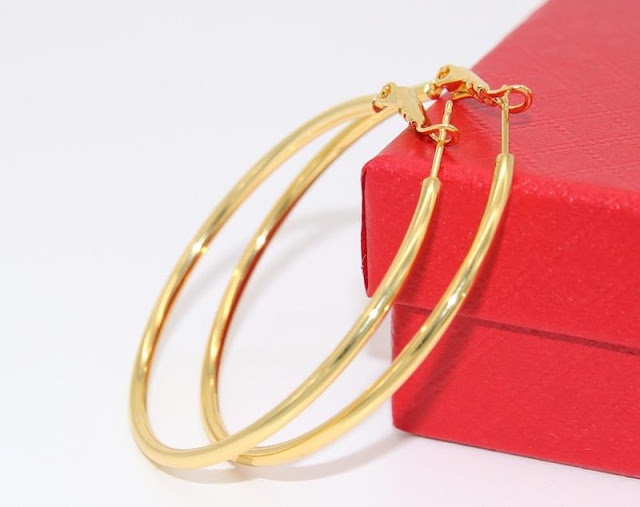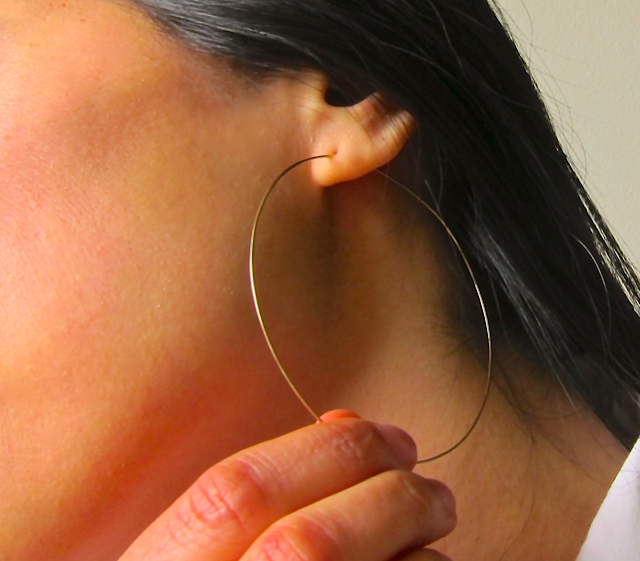The luster, beauty, and value of expensive jewelry can be preserved with proper care and maintenance. Likewise, less costly items can continue looking great for years to come, with appropriate handling and storage. If you're looking to keep your diamonds sparkling, your gold brilliant, or your silver shimmering, this guide will acquaint you with the proper methods for keeping all your pieces in top shape.
The first step to caring for a piece of jewelry, whether a priceless family heirloom or a simple piece of costume jewelry, is proper storage. Even diamonds, considered the hardest natural substance on Earth, can still chip.
Store Jewelry Properly to Prevent Damage
Gold, a soft metal, can easily scratch and tangle. Pearls require special attention to keep their finish from losing its gleam. In short, virtually all jewelry pieces can be damaged, tarnished, or ruined if the owner neglects to properly house his or her items.

Generally, items should be kept separately, rather than tossed together in a drawer. There are many choices when it comes to storage solutions for a jewelry collection, as the forthcoming section elaborates.
Jewelry Cases for Home and Travel
A fabric-lined jewelry box with dividers is an ideal storage solution, especially for precious and expensive items. These cases have compartments specifically designed to hold necklaces, earrings, and rings. These divisions make it easy to individually protect each piece of jewelry.

Valuables must be carefully stored in all cases, but the issue is particularly urgent when one is travelling. Jewelry rolls or travel jewelry cases are well-equipped for these occasions; both options keep jewelry organized and in pristine condition while the owner is on the go. A jewelry case specifically designed for travel is sturdy and offers a higher level of protection than a soft jewelry roll, but the latter offers the convenience of being easy to tuck into almost any bag.
Jewelry Pouches
For those who don't have a dedicated jewelry case or who have run out of compartments in a smaller one, soft drawstring pouches made of satin or velvet offer an attractive alternative. Jewelry pouches are available in various sizes, colors, and fabrics at craft stores and discount stores, and through online marketplaces such as Amazon, eBay, Aliexpress, etc.

When placing necklaces in cloth bags, one must take care to avoid tangling. After doing so, the jewelry owner should store the bag neatly inside a shoebox or container, where the necklace will be doubly protected. Rather than encasing pieces of jewelry in a pouch, conscientious owners can also individually wrap each item in acid-free tissue paper-an inexpensive method for keeping treasured items safe, and free from scratches and tangles.
Jewelry Trees and Organizers
A jewelry tree or rack is an excellent option for less expensive pieces of jewelry. Made from wood, metal, or plastic, jewelry trees are designed to stand on a dresser or other flat surface, and offer convenient storage for jewelry items that can hang from the branches, or arms, of the tree. Some jewelry trees accommodate earrings as well. Several variations of jewelry trees and boxes are available. These organizers and holders generally have hooks for hanging necklaces, may be of an open design or have doors, and will either hang on a wall or stand on a flat surface. Jewelry trees are more accessible than cases or pouches, meaning that household hazards, such as pets or children, might be a concern.
Keep Jewelry Clean
Dust, skin oil, and other substances can cause diamonds to lose their sparkle. Similarly, the bright, shimmery appearance of platinum, sterling silver, and gold jewelry quickly fades if these pieces aren't properly cleaned and maintained. Estate pieces and vintage items, meanwhile, require special cleaning considerations to prevent damage.

Only those who learn the recommended methods for cleaning different types of jewelry can keep their valuables glistening like new.
Clean Diamonds and Gemstones With Care
A detergent bath is the easiest way to keep diamonds and other gemstones gleaming. It is advisable to use warm water and a small amount of a mild liquid detergent. Detergents containing chlorine are to be avoided, as the chemical is harmful to jewelry. The pieces should be dipped into the solution and, to remove any dirt from the surface and crevices, lightly massaged with a soft brush. A clean toothbrush with gentle bristles works well in lieu of a jewelry brush,, as do eyebrow or lipstick brushes. After the diamonds or gemstones have been rinsed, they should be allowed to air dry, and then polished with a soft cloth. Owners should avoid washing their jewels above an open drain; all it takes is one false move for an irreplaceable item to be forever lost to the drainage system. Once the pieces are clean, owners should avoid handling them excessively; the skin's natural oils can negate a thorough cleaning effort.
Proper Cleaning of Platinum, Gold, and Sterling Silver
The same mild detergent and water solution that can be used to clean stones is also appropriate for gold, silver, and platinum maintenance. After the pieces have been rinsed, they should be further cleaned with a soft brush or cloth, and then thoroughly dried. It is recommended that users use a light, patting motion while drying, rather than an aggressive wiping technique.
White gold requires a particularly gently touch to avoid damaging the thin layer of rhodium that gives the material its distinctive color. Cloths made specifically for cleaning precious metals work well, but soft felt, flannel, or microfiber are good substitutes. Responsible jewelry owners should avoid using tissue paper or paper towels, as these options are abrasive and can scratch the piece's surface. Tarnished silver can be cleaned with a commercial polish, paste, or tarnish-removing wipe, if needed.
Protecting Pearls
Pearls are not as hard as mineral gemstones and require special handling. The best method for keeping pearls clean and lustrous is to prevent exposure to any cosmetics and toiletries; contact with such items is particularly damaging to a pearl's soft nacre coating. After the owner is done wearing the pearls, they should be gently wiped with a soft, chemical-free cloth before being placed in a soft bag or fabric-lined case.

Though exposure to too much water can weaken the string which holds the pearls, the owner can still dampen the cloth with distilled water before wiping the pieces-but only if the jewelry is allowed to dry before being put away. Chemical cleaners or abrasives should never be used on pearls. This advice applies to opal and turquoise pieces as well. Like pearls, these items are porous and delicate, making a careful and regular cleaning routine necessary.
Care for Other Types of Jewelry
Estate jewelry, vintage pieces, and other types of costume jewelry have different recommendations depending on the metals and stones used in each piece. Owners should always bear in mind that moisture is potentially damaging to all types of jewelry-so the less exposure to water and chemicals, the better.
Cameos
Cameos, especially shell cameos, can discolor and crack from drying and aging, and require special care. Once or twice a year, cameos should be gently cleaned with a soft-bristle toothbrush in a mild soap-and-water solution. Owners should rinse the cameo thoroughly with warm water immediately after cleaning. Shell cameos should never be soaked in any cleaning solution for more than 30 seconds. To prevent drying, the cameo should be moisturized with mineral oil or baby oil. Oil can be applied directly with one's finger, a cotton swab, or a soft cloth.
Vintage Jewelry
When one purchases a vintage jewelry piece, he or she generally wants to preserve its beauty and value, as these features are what make the piece desirable despite its old age or antiquated features. To maintain vintage jewelry, a special jewelry polishing cloth or piece of soft fabric should be used to keep the pieces dust-free.

In the event that vintage items are heavily soiled, owners are advised to try lightly dampening the cloth with water or ammonia-free window cleaner. Abrasive and acidic cleaners, as well as ones that contain ammonia, are to be avoided. Vintage jewelry should never be soaked or placed directly under running water.
Costume Jewelry, Plated Metals, and Semi-Precious Stones
For costume jewelry and jewelry made with plated metals and semi-precious stones, maintenance routines are similar to those used to care for vintage jewelry. For example, plated metals are made by covering a less expensive base metal with a thin layer of gold or silver, and are thus prone to scratches and wear.

























